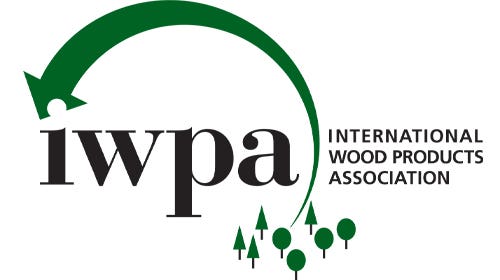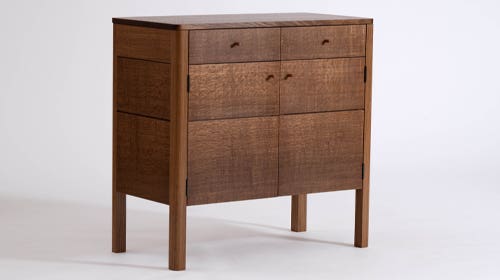E.U. teak restrictions could have impact
The Council of the European Union has strengthened its restrictions on the import and export of timber from Burma (Myanmar), targeting what is commonly known as Burmese teak. The measures…
The Council of the European Union has strengthened its restrictions on the import and export of timber from Burma (Myanmar), targeting what is commonly known as Burmese teak. The measures were approved at a February meeting of representatives of the Council of the European Union in Brussels, Belgium and took effect in March.
The 2008 E.U. action, titled, “Council regulation renewing and strengthening the restrictive measures in respect of Burma/Myanmar” is the latest revision since the first restrictions were put in place in 1996 because of the concern about the absence of progress towards democratization and the continuing human rights violations in Burma/Myanmar. The legislative act was previously revised in 2000, 2003, 2005 and 2006.
The latest regulations, spelled out over 278 pages, prohibit the importing of sound logs, timber and timber products that originate in Burma/Myanmar.
“This includes the transport of goods that originate in Burma/Myanmar or are being exported from Burma/Myanmar to a third country and have a final destination within the European Union Community,” states the E.U. restrictions. “It is also illegal to participate, knowingly and intentionally, in activities whose object or effect is, directly or indirectly, to circumvent the prohibitions in the revised restrictions.”
In addition, the restrictions apply to coal, gold, silver, iron, tin, copper, tungsten, lead manganese, nickel and zinc; and the mining and processing of precious and semi-precious stones, including diamonds, rubies, sapphires, jade and emeralds.
Teak (Tectona grandis) is valued throughout the world for its use in boatbuilding and fine furniture. The trees are fast growing and can reach heights of 150' with trunks up to 5' in diameter. The wood is golden to dark brown, with occasional darker streaks, and turns a silver-gray when it oxidizes. Teak is usually straight-grained and tends to be oily, which contributes to its durability and resistance to moisture.
U.S. policy falls under the “Burmese Freedom and Democracy Act of 2003” and an executive order signed by President Bush in July 2003. The legislation bans the import of Burmese products, which includes teak.
There appears to be some ambiguity — or a loophole — in the E.U. regulations as well as U.S. policy involving teak. If Burmese teak logs are transported to countries such as Malaysia, Thailand and Singapore, and milled in those countries, paperwork will show the country of origin is not Burma/Myanmar, but the location where the logs were milled. That wood is then sold, often resold to yet another country, then graded, and finally appears on the market as FEQ (First European Quality) teak in Europe and also the United States. The process is known as transshipments.
The practice is quite evident along the Burmese-Thai border, where there has been a huge increase in the number of teak mills operating on the Thailand side of the border. Since there is no evidence in the paperwork that the wood came from Burma, it is legal to sell. The latest European regulations fail to specifically address such actions.
Teak dealers in this country would not talk on the record with Woodshop News about the world teak market. But it is safe to say that if the paperwork indicates that the country of origin is not Burma, even though the logs were grown and harvested there, then it is legal to purchase the milled product and bring it to the United States.
One U.S. exotic dealer told Woodshop News the only way to diminish the amount of Burmese teak imports is an individual’s conscience, hardly a deterrent for most teak dealers.







